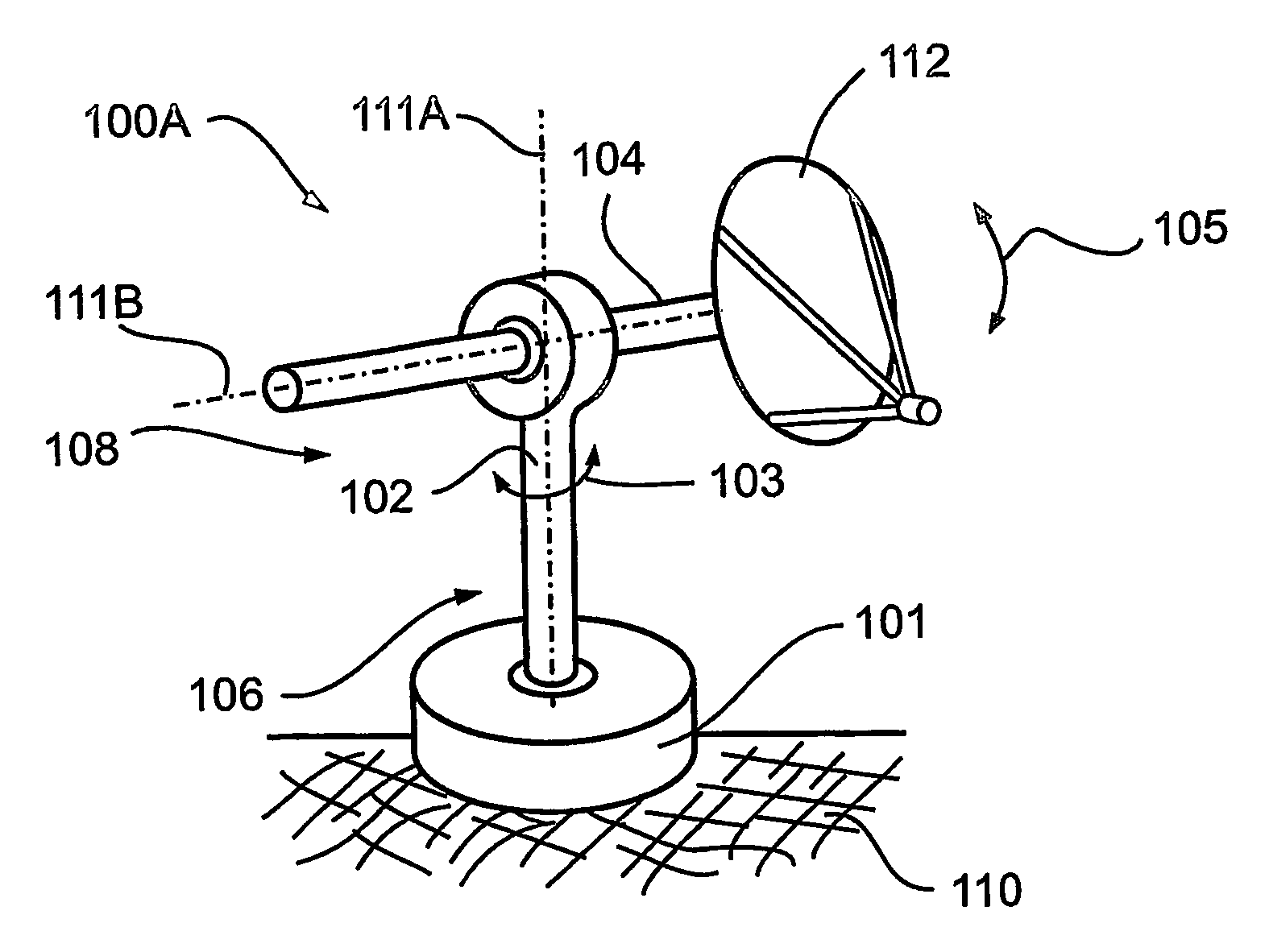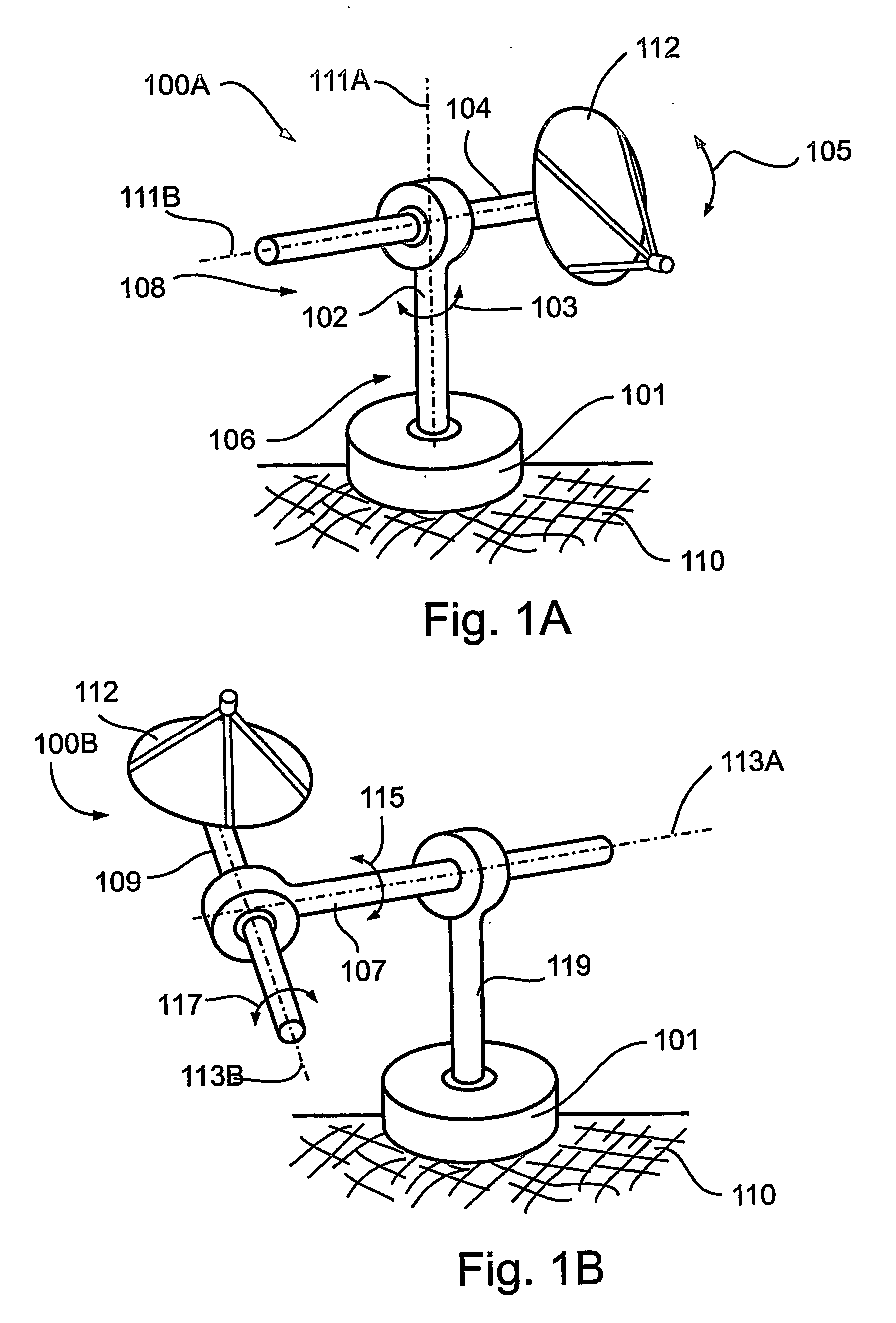Small-scale, concentrating, solar chp system
a solar energy system and small-scale technology, applied in the direction of optical radiation measurement, navigation instruments, instruments for comonautical navigation, etc., can solve the problems of affecting the accuracy of tracking, affecting the efficiency of photovoltaic collectors, etc., to achieve the effect of reducing the installation space, and reducing the cost of operation
- Summary
- Abstract
- Description
- Claims
- Application Information
AI Technical Summary
Benefits of technology
Problems solved by technology
Method used
Image
Examples
first embodiment
[0112]In accordance with a first embodiment, T1 may be between 90 and 120° C. and T2 may be between 60 and 80° C.
second embodiment
[0113]In accordance with a second embodiment, T1 may be between 120 and 180° C. and T2 may be between 80 and 120° C.
[0114]Referring further to the drawings, FIG. 7 schematically illustrates a single-solar-collector CHP circuit 170, in accordance with the present invention.
[0115]Solar concentrator unit 10 of circuit 170 includes two interfaces: an interface 172, for electrical connections, and an interface 174, for coolant connections. Preferably, electrical interface 172 connects to an inverter 176, which converts the DC electricity produced by power conversion unit 34 (FIGS. 4A-4B, and 5) to AC power and adjusts the frequency and phase to match that of the grid. The electric power from inverter 176 is connected to a main electrical box 182 and provides electrical power 186 to residential unit 180.
[0116]Preferably, residential unit 180 is also connected to a grid 184. When power generation is insufficient, backup power may be supplied by grid 184. Alternatively, when power generatio...
PUM
 Login to View More
Login to View More Abstract
Description
Claims
Application Information
 Login to View More
Login to View More - R&D
- Intellectual Property
- Life Sciences
- Materials
- Tech Scout
- Unparalleled Data Quality
- Higher Quality Content
- 60% Fewer Hallucinations
Browse by: Latest US Patents, China's latest patents, Technical Efficacy Thesaurus, Application Domain, Technology Topic, Popular Technical Reports.
© 2025 PatSnap. All rights reserved.Legal|Privacy policy|Modern Slavery Act Transparency Statement|Sitemap|About US| Contact US: help@patsnap.com



